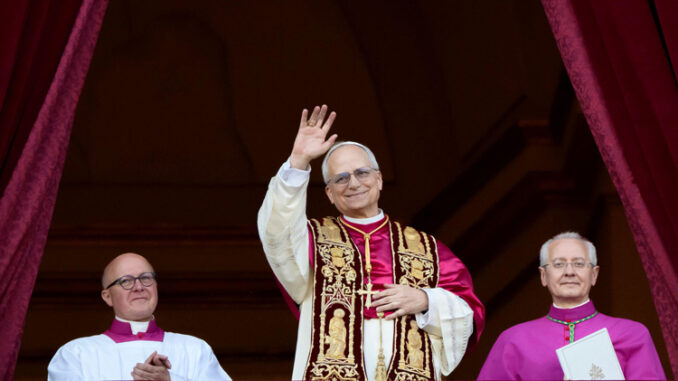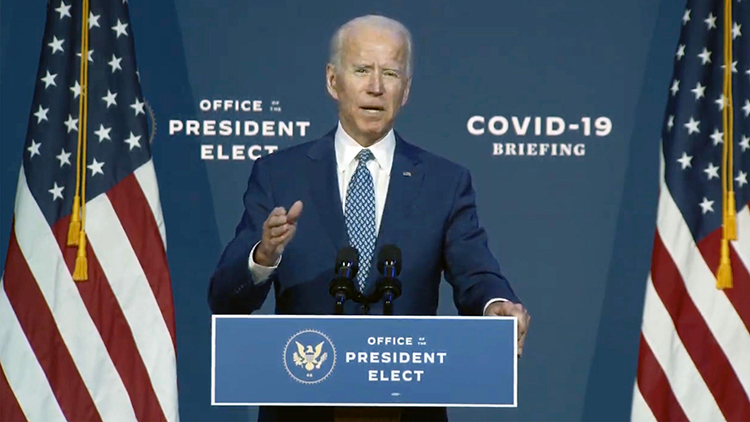
The death of Pope Francis in April started a chain of events that ended with the election of a new pope on May 8, 2025. Cardinal Robert Prevost, from Chicago, Illinois, was selected as the head of the Roman Catholic Church in a process known as a conclave.
When a pope dies or resigns, cardinals from all over the world gather in Vatican City. Cardinals are the most senior religious leaders of the church. Vatican City is a city-state surrounded by Rome. It is the headquarters of the Roman Catholic Church. It is also the home of the pope. The cardinals vote for a new pope following set rules and procedures.
The conclave must take place within 15 to 20 days after the pope has died. It begins with a special Mass (a Catholic act of worship) and an oath of secrecy. The voting begins with each cardinal writing the name of his chosen candidate on a piece of paper. The ballots are collected and counted. A candidate must receive two-thirds of the vote to be elected.
On the first day of the conclave, the cardinals meet in the Sistine Chapel and vote once. On the next day or days, they vote twice in the morning and twice in the afternoon. If no candidate receives the votes needed, the ballots are burned. Black smoke flows through a temporary (lasting for only a limited time) chimney to the outside world. It is a signal that no pope was chosen. When a candidate does receive enough votes, he is asked if he accepts the position. White smoke then rises into the air. The new pope chooses a name and dresses in special clothes before addressing the people gathered.
The conclave to replace Pope Francis began on May 7, 2025. One hundred and thirty-three cardinals took part. On the first day, black smoke rose. No pope was chosen. But after three more votes, white smoke billowed up into St. Peter’s Square, and the waiting crowd cheered. After a short time, the senior cardinal stepped onto the central balcony of St. Peter’s Basilica. He announced in Latin, Habemus papam—“We have a pope.” Cardinal Prevost, now Pope Leo XIV to the world, appeared on the balcony soon after and addressed the crowd.
Pope Leo XIV has served the Church for decades in the United States and Peru. He holds citizenship in both countries. In his first Sunday public address, Pope Leo called for an end to war.
What Do You Think? Why do the cardinals usually need multiple votes to choose a new pope?
Photo Credit: ZUMA Press, Inc./Alamy Stock Photo



